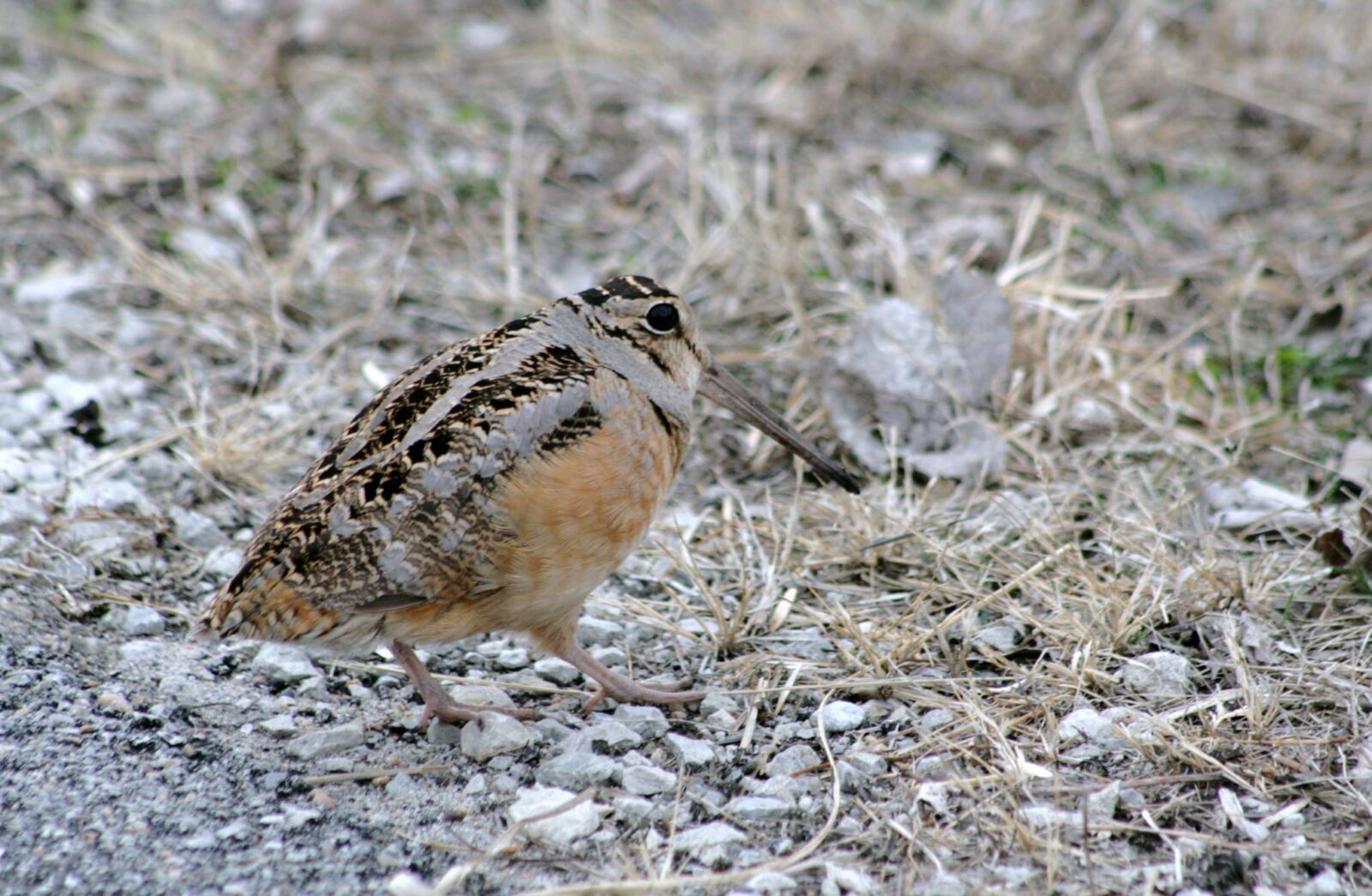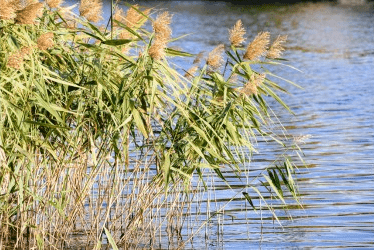We have much more to do and your continued support is needed now more than ever.
Seasons are changing for Michigan’s fish and wildlife

Warming stream temperatures are becoming lethal for trout. Tick “hot areas” are expanding at an unprecedented rate, increasing the risk of tick-borne illness. More frequent and volatile weather events create unpredictable spring nesting seasons for upland birds like pheasants, turkeys, grouse and woodcock. These are a few of the clear signs that Michigan is in the middle of Changing Seasons.
Over the past several years, conservation, hunting and angling organizations have worked to ensure that Michigan policymakers consider wildlife and habitats as discussions ramp up to address climate change.
As hunters and anglers, we are the eyes and ears in the field. We see it all firsthand: the devastation when our loved ones need to be treated for Lyme disease because of a tick bite; the trout floating belly up in one of our favorite streams; and the lost habitat when intense drought and rainfall extremes undermine upland habitat.
Without smart investments in strategies to mitigate the damage of a changing climate, we are risking not only the fish and wildlife that live in Michigan but also the annual $11.2 B that flows into Michigan’s economy from recreation.
These investments range from management changes to wide-scale policy change, but all of it is necessary if we want to see Michigan and the Great Lakes region thrive in the face of climate change. To that end, the Changing Seasons Workgroup—comprised of the National Wildlife Federation, our Michigan affiliate, Michigan United Conservation Clubs, and many others—recommends some specific solutions, with the specific goal of helping policymakers understand the intrinsic links between habitat, climate, wildlife and people.
In order to build sustainable resilience in a changing climate, the Changing Seasons Workgroup recommends:
1. Increasing funding for habitat restoration and invasive species control:
- Habitat Restoration: This involves allocating resources to restore and enhance natural habitats across Michigan. This can include reforesting areas, creating wetlands, and improving grasslands to provide suitable homes for native wildlife.
- Invasive Species Control: Funding can be directed toward initiatives aimed at controlling and eradicating invasive species. Invasive species often outcompete native flora and fauna, disrupting ecosystems. Controlling them helps protect native species and their habitats.
2. Promoting sound forest and grassland management practices on public and private lands:
- Sustainable Forestry: Encouraging sustainable forestry practices ensures that timber harvesting is done in a way that maintains the health of forests. This includes responsible logging, reforestation, and protection of old-growth forests.
- Grassland Management: Promoting practices such as prescribed burns, native grass restoration, and rotational grazing can help maintain and restore grassland ecosystems, benefiting species that depend on these habitats.
3. Leveraging federal and state dollars for wetland conservation work:
- Wetland Conservation: Wetlands play a critical role in water purification, flood control, and as habitat for numerous species. Leveraging federal and state funding means tapping into resources available at higher levels of government to support wetland conservation initiatives in Michigan.
4. Ensuring deer wintering complexes are protected in the Upper Peninsula:
- Deer Wintering Complexes: In the harsh winters of the Upper Peninsula, deer gather in specific areas known as wintering complexes. Protecting these areas from development and disturbances is crucial to the survival of deer populations during the winter months.
5. Investing in sensible dam removal to improve fish habitat, lower stream temperatures, and mitigate future catastrophic dam failures caused by volatile weather events:
- Dam Removal: Some dams are outdated or pose environmental risks. Sensible removal can restore natural river systems, improve fish migration, and reduce water temperature by allowing rivers to flow freely.
- Climate Resilience: Mitigating catastrophic dam failures caused by extreme weather events is essential in the face of climate change. Removing obsolete dams can reduce the risk of dam failures and their associated environmental and safety hazards.
The Changing Seasons coalition released an updated report that sheds light on the urgent need for climate resiliency legislation. It underscores the necessity of addressing climate change’s profound effects on wildlife and habitat. On-the-ground insight from conservation professionals in this report will help our key decision makers craft stronger policy to address wildlife, habitats, and the negative impacts we see.
See full Changing Seasons report and Changing Seasons film.
These are only a sliver of the actions we know we can take to help improve Michigan’s wildlife and habitats. We can help Michigan species survive and thrive in the face of changing seasons if we consider them when we talk and think about policy efforts to combat climate change. Our wildlife and communities are at stake and now is the time for action to address climate change. We must act not only for our children and grandchildren, but for generations to come.

Investments in habitat and preventing the spread of invasive species will mitigate some effects of a changing climate. Planting trees stabilizes stream banks and helps to keep streams cooler by shading them, and removing phragmites (shown left) from marshes helps the native plants and wildlife to be more resilient in the face of other ecosystem threats. Photo credit: Alain de Maximy
The Changing Seasons workgroup comprises Michigan United Conservation Clubs, National Wildlife Federation, Ducks Unlimited, Pheasants Forever, Michigan Steelhead and Salmon Fishermen’s Association, Trout Unlimited, Backcountry Hunters and Anglers, Congressional Sportsmen’s Foundation, Ruffed Grouse Society, Safari Club International, Michigan Charter Boat Association, Michigan Resource Stewards and Association of Conservation Districts.





















